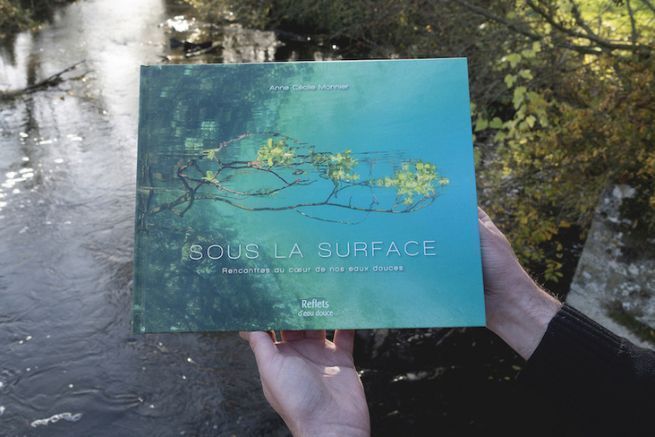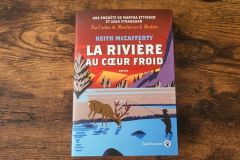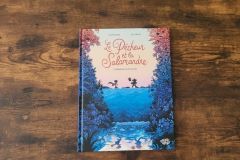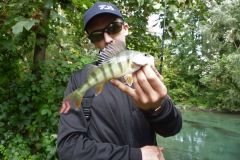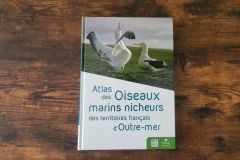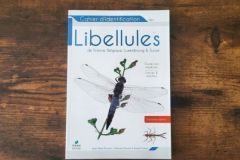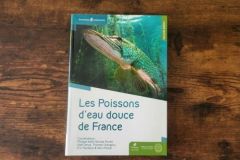I recently proposed an interview with Anne-Cécile Monnier "Anne-Cécile Monnier: the state of a river is a reflection of the world in which we live we had discussed the hydrobiologist's job, Anne-Cecile's multiple photographic and video projects and more generally, the mission of raising awareness of the fragility of our rivers that she leads everywhere in France and beyond our borders. I took the opportunity to ask Anne-Cecile some questions about her book "Sous la surface".
Hi Anne-Cécile, you released a little over a year ago now, in September 2019, a book entitled "Under the Surface" entirely dedicated to the world of freshwater. Where does this project have its roots?
Anne-Cécile Monnier âeuros I had this project in mind for some time and after 5 years spent photographing underwater, the life of our French rivers, I launched early 2019 in the construction of this project, to share these moments of immersion and make a collection of these 5 years of diving to meet our aquatic species.
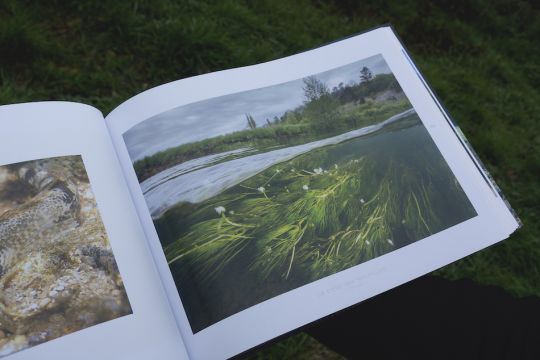
What was your objective in writing this book?
Anne-Cécile Monnier âeuros Like any awareness action, the idea is to attract the general public. To bring them to be interested in the rivers thanks to the photographs, the contemplation, to convince them of the necessity to preserve this biodiversity. This book also interests fishermen because it talks about species that they know well, but apprehended from another angle, through another look, behind my mask. My humble objective is to put graphic beauty at the service of the aquatic environment, to raise awareness through beauty. To highlight endangered species, species "benchmark" for the quality of rivers, to show them in the prettiest way in order to capture attention, and to call attention to the need to protect our waterways.

The choice you made to highlight fragile species is obviously not a coincidenceâeuros¦
Anne-Cécile Monnier âeuros No, indeed... I try to highlight remarkable species such as the eel, the common grayling, the trout or the pike. I am not only talking about fish but also about amphibians, or some fragile species of turtles like the European cistude. Each species is an ambassador of an idea that I want to highlight. Through the intermediary of the pike and its habits, I wanted to communicate on the interest of preserving wetlands, backwaters, and natural water drainage areas essential to its reproduction, for example.
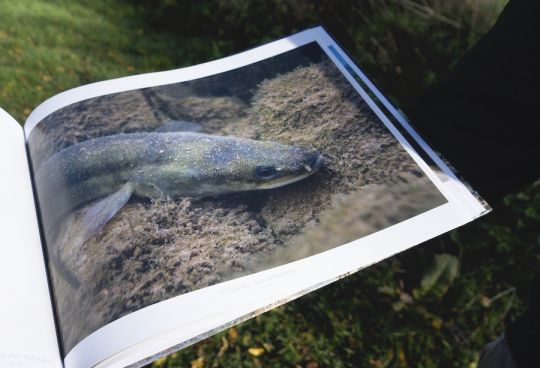
The eel allows me to approach differently the subject of the impact of the human on the rivers. The European eel is endangered in France and the idea was to understand why. I talk about pollution, dams, poaching, the reduction of wetlands, etc.. The rarefaction of this species is due to all these factors but the eel is obviously not the only fish species to be impacted.
You also talk about a small fish that is not well known in France, either by the general public or by fishermen, and yet very local: the Rhone apron.
Anne-Cécile Monnier âeuros The apron of the Rhone, it is a little the grail of this project even of my small career of hydrobiologist! It is a little known and threatened species and yet endemic to the Rhone basin, there is nowhere else in the world. It is a small bottom fish, which is very sensitive to the destruction of its habitat, to pollution and which benefits from protection programs in France. It is very rare to observe it.
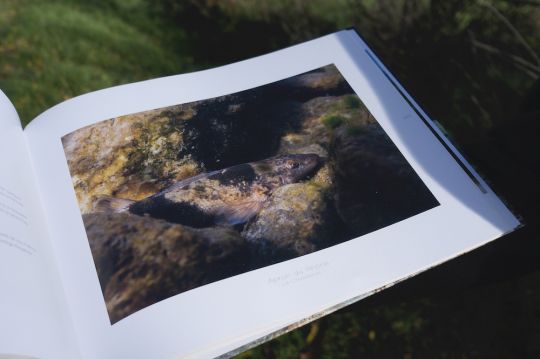
This meeting is all the more powerful as it took place a few days before completing the shots of the book, in a tributary of the Ardeche, during a late summer afternoon when this small fish is theoretically observed only at night during scientific monitoring. During the day it hides well under stones and pebbles. Perhaps it had been disturbed that day? Because at the same time, a holidaymaker from the neighbouring campsite was moving, 20 m away from me, large stones from the river to make a dam in order to be able to "make the buoy". An illustration of the necessity to communicate on the life of the rivers to the users who, for many, are not aware of the impact of their actions on the aquatic environment.

This book is self-published. Why did you make this choice?
Anne-Cécile Monnier âeuros This book, published by my association Reflets d'eau douce, was supported by many partners such as the Rhine-Meuse Water Agency, by the Fishing Federations of Meurthe-et-Moselle, Meuse and Ardèche as well as all the individuals who participated in the pre-order campaign, without whom this project would not have seen the light. That is to say that we had to find the funds to be able to launch the printing and the distribution, which is part of the tasks normally managed by a publisher. I made the choice of self-publishing because the objective was to distribute it during public events such as conferences, screenings, animations and wildlife photography festivals. I wanted to keep this link with my book. It's 100% handmade and that's what I like! It is also possible to order it directly on my website, with of course a little dedication!
Why this format, why a book in the age of digital technology?
Anne-Cécile Monnier âeuros For the life of the book. A book stays, it is not ephemeral. When someone buys a book and keeps it at home, many people will consult it over the years. Also for its "awareness" dimension through the messages that we share, and it is essential for me that it has the most resonance possible.
Under the surface - Anne-Cécile Monnier
- Editions Reflets d'eau douce
- 24×30 cm
- 160 pages
- 38 euros
